Kano model categories tool
Use the interactive table below to explore the Kano model categories and see how the survey questions drive the selection, and get some example features and practical tips on how to interpret each of the categories.
Choose the answers from the drop downs. The "Functional" question is when the feature is present. The "Dysfunctional" question is if the feature is absent. Read more about the Kano model if you need a refresher.
| Functional | |
|---|---|
| Dysfunctional |
| Dysfunctional | ||||||
|---|---|---|---|---|---|---|
| I like it | I expect it | I am neutral | I can tolerate it | I dislike it | ||
| Functional | I like it | U | D | D | D | P |
| I expect it | R | U | I | I | M | |
| I am neutral | R | I | I | I | M | |
| I can tolerate it | R | I | I | U | M | |
| I dislike it | R | R | R | R | U | |
Use the Kano diagram at the bottom as a handy reference. For full automated analysis of larger sets of results you can use our free Kano analysis tool.
Deighters category
Also called:
Attractive features, or Exciter features.
What does it mean?
If the feature is absent, nobody cares. But if it's present, people will love it!
These features are unexpectedly fun and wonderful. They make you happy because you weren't expecting the value that they offer.
Delighters are a great outlet for creativity - if you come up with some special it could go viral and drive traffic for you. Or they could be the tipping point that helps a consumer choose your product over a competitor.
Over time, delighters will gradually move to become Performance and even Must-have features as customer expectations increase - which means satisfaction decreases. Look at the Kano chart further down and see how the categories sort of "sink" down the graph.
Example features

Spotify's playing progress bar is a lightsaber for Star Wars songs! This type of feature is sometimes called an "easter egg" - it's sort of a secret until you find it one day by accident and then it feels even more special because it's like you discovered treasure.

Google's Chrome browser has a T-rex dinosaur game in the "offline" error page. This feature has some real purpose unlike Spotify's above - if a user is frustrated because their internet connection is temporarily down, they can entertain themselves for a minute or two while it comes back up.
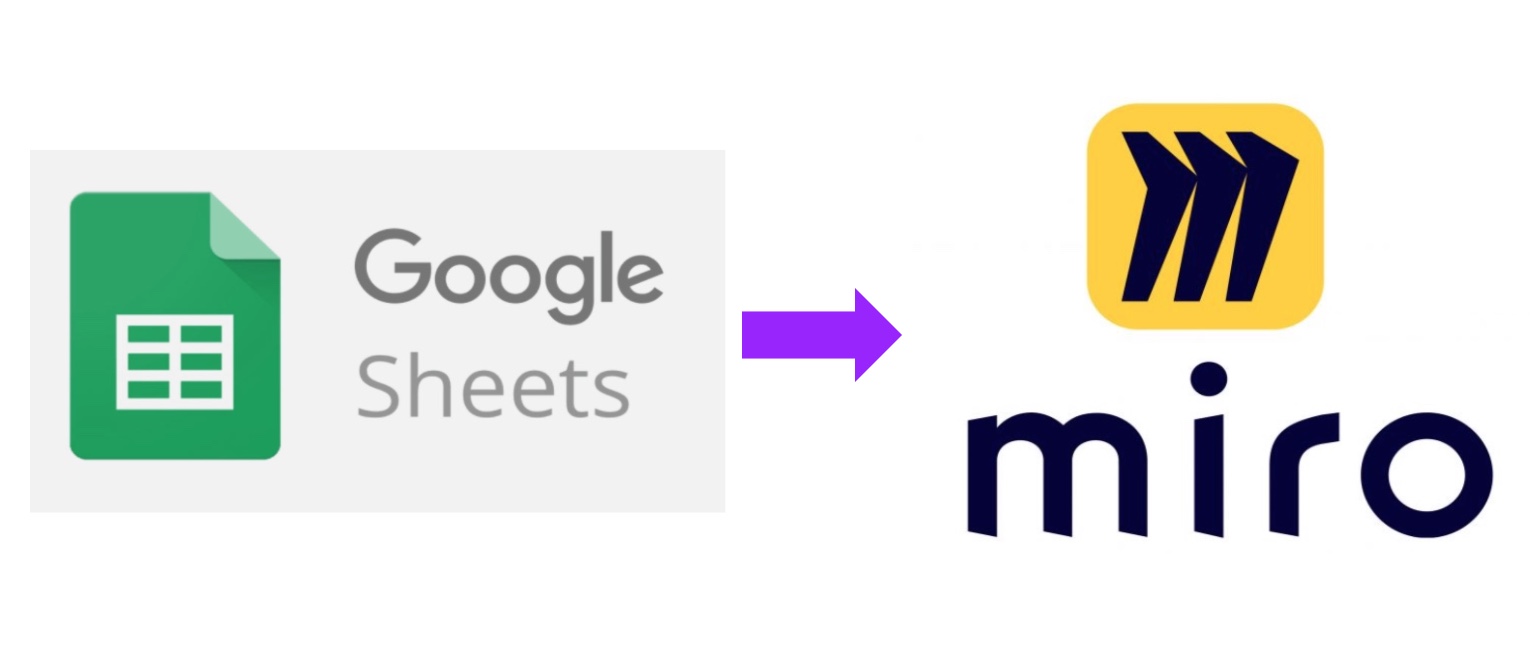
Some delighters are highly functional, for example copy / pasting from Google Sheets into Miro. If you copy a series of cells with text and paste straight into a Miro document, Miro automatically creates each cell as a post-it note with the right text in. This is an incredibly useful and quick way of transferring information from one app to another.
And of course cars offer up some good examples - heated seats, interior lights, self-parking mode etc.
How to prioritise these features
Use delighters sparingly, but definitely use them.
You should focus on must-haves first, then key performance features that will affect the purchasing decision, then delighters that will tip people over the edge of purchasing, drive word of mouth / viral referrals, and increase retention because of their utility.
If you spend all your time building only delighters, your product won't meet the basic needs of your customers and you won't sell anything.
Your chosen combination of delighters and performance features is how you differentiate from the competition.
Must Haves category
Also called:
Basic or Basic Expectation features, or Must-Bes.
What does it mean?
If your product doesn't have these features, your users will be unhappy, and most likely will not purchase your product.
These are the basic expectations, the core fundamentals that your product needs to meet basic customer satisfaction.
Must-haves tend not to change over time, unless the market needs also change significantly.
Example features
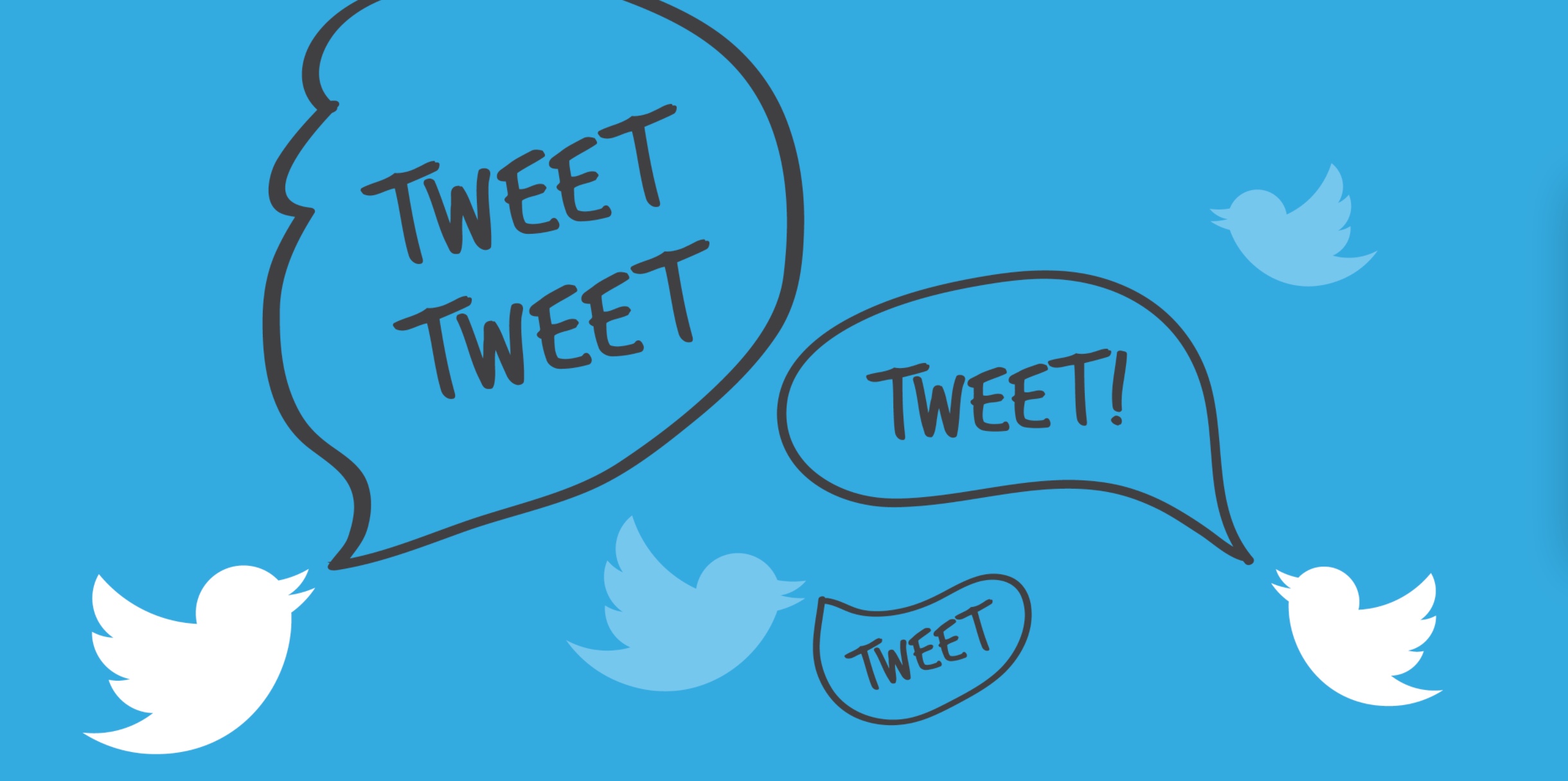
Twitter's app must be able to post tweets. It would be no good if you had to login to the website to post tweets - doing this from the app is core functionality.

Video games should have a "save" feature. Especially for long games where players are committing many hours of gameplay, to have to redo all that every time would mean they'd never make any proper progress.
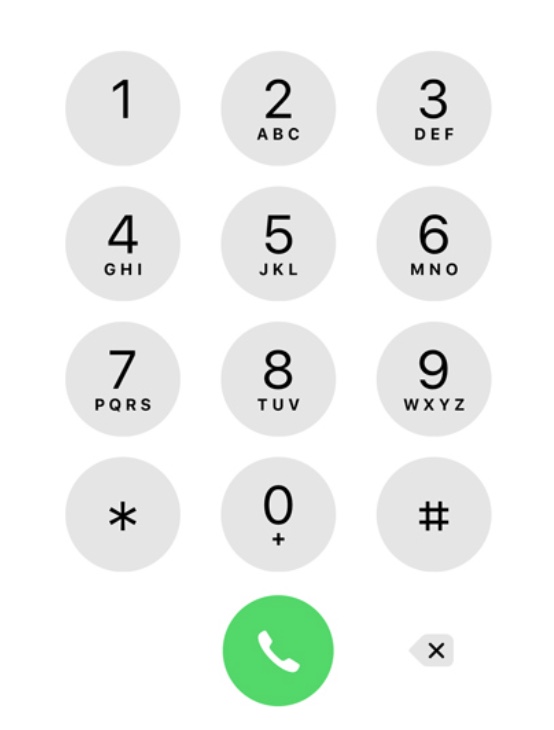
An iPhone must be able to make calls. This one is perhaps debateable in the modern age, but certainly earlier mobile phones had calling as their primary feature. As yet nobody has released a mobile phone without actual phone calling ability, but the line between a big phone and a small tablet is definitely blurring!
As usual, cars are a great example for Kano. Must-haves would be: brakes, seatbelts, mirrors, an engine etc. Without these things the car wouldn't be useful and you wouldn't buy it.
How to prioritise these features
You should work on must-haves first. Without these your product won't be much use to your target market.
You may find that must-haves vary depend on the customer segment or the use case. If you have a product with broad appeal then your must-haves might not apply to every customer type, so you could choose to prioritise larger segments and work on those first.
If you end up with a very long list of must-haves you probably want to narrow down your target market to allow you to launch faster.
Performance category
Also called:
One-dimensional features.
What does it mean?
The customer satisfaction is directly correlated to how well the feature is implemented.
That means if you've done a lightweight version that only just meets the user's needs, they'll only be a little bit satisfied.
On the other hand if you create a rich and effective feature that meets (and exceeds!) the user's needs, they'll be very satisfied.
Over time, performance features will move into the must-have category as the market matures and develops a shared understanding of the minimum requirements.
Example features

Anything to do with task speed can be counted as a performance. For example, time to compress an archive of files, or load a large spreadsheet, or even to open a new application.

Google's search engine is one big performance feature - how well it matches your query determines how satisfied you are with the results, and therefore the competitive advantage.
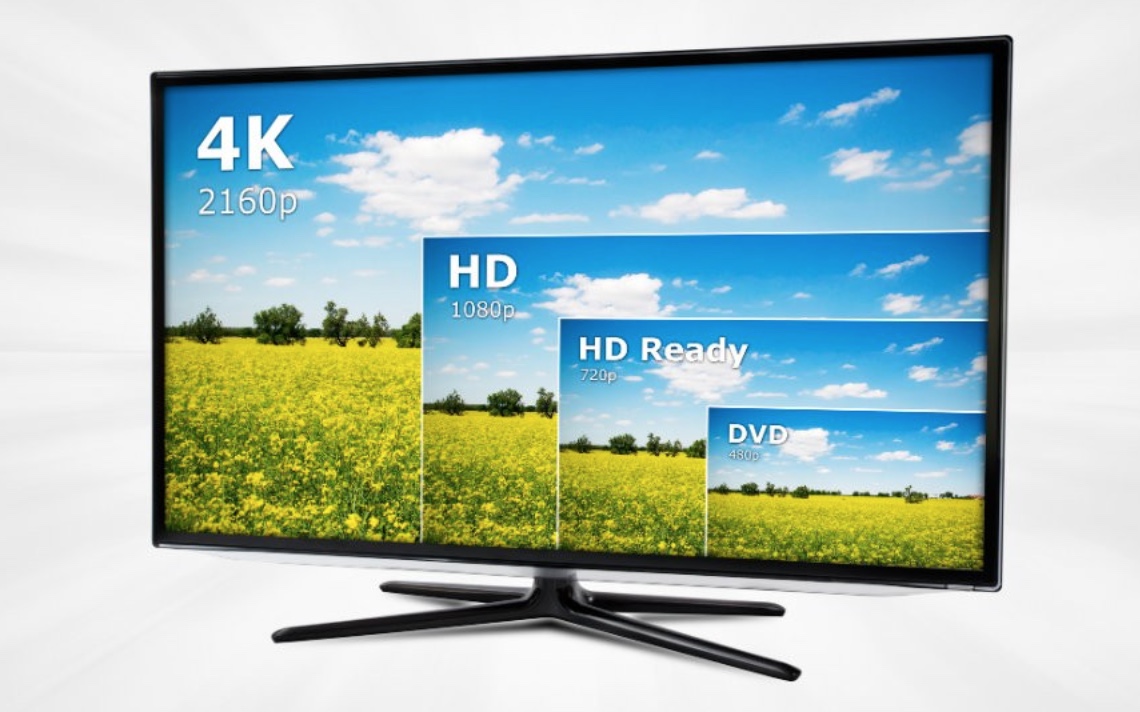
One of the main points of competition for television sets is the picture quality. Everything used to be standard definition (SD), now high definition (HD) is standard, and Ultra HD / 4k is becoming more prevelant.
Cars provide some good examples of performance features: engine performance, interior comfort, body aesthetics etc.
How to prioritise these features
The strength of your performance features, and the combination of performance features and delighters is how you can differentiate from your competition.
Choose performance features that suit your target market, and where you have some ability to achieve a high return on investment or a competitive advantage of some sort that allows you to beat your competitors.
If you're unsure, you can start on the lower end of performance, then keep monitoring customer satisfaction and improving until you've reached a good level.
It's a delicate balance to figure out the sweet spot of effort vs impact to maximise value from performance features.
Indifferent category
Also called:
Neutral category.
What does it mean?
People don't really care whether the feature exists or not. If it's there, they don't mind. If it's not there, they don't mind.
How to prioritise these features
In general, indifferents should be low on your list.
These features won't contribute to someone's purchase decision, nor will they keep people using the product once they're in the front door because ... remember? They're indifferent to it.
Except...
There might be some cases where it's OK to prioritise an indifferent feature.
Perhaps it's very low effort to create, and gives you a point of differentiation from your competitors. Since people are indifferent they'll ignore it, but it might work well for your marketing or PR strategy.
Unknowns category
What does it mean?
This means that the two questions don't combine in a logical way. For example, it doesn't make sense that a user would be happy that the feature exists, and be happy that the feature doesn't exist at the same time.
This category won't appear on any Kano diagram.
How to prioritise these features
These features aren't ready for prioritisation yet. Instead you need to dig into why you got an unclear answer from the survey:
Perhaps because the feature is too confusing and so people don't understand the value proposition. You could try again with a better description of the benefits and outcomes that the feature will enable.
Perhaps you've got multiple segments in your participants - one half wants the feature and the other half doesn't. This can lead to a situation where you get an unclear overall response. In this case try talking to a group of users with different characteristics to see if you can find different reactions to the feature, then you can redesign the feature and survey again.
Reverse category
What does it mean?
Users will be unhappy if you include this feature. It will reduce customer satisfaction and actively put them off your product.
This category tends not to appear on Kano charts.
How to prioritise these features
Don't!
This is a strong reaction to a feature so you may want to dig deeper into the answers to find out why people are so against it - the answers could be revealing for other features you have in the pipeline, and helps you avoid accidentally adding something that people won't like in future.
Kano categories chart
The Kano diagram below shows a visualisation of the different Kano categories against 2 axes on a graph:
- Effort - how much investment have we made in the quality and execution of the feature, a little or a lot?
- Satisfaction - how satisfied is the customer with the feature?
With this matrix you can see how the category (satisfaction) varies along with the effort invested.
Delighters never cause any dissatisfaction (ie. don't fall below the middle point), Basic Expectations (also called Must Haves) never drive any positive satisfaction (ie. it doesn't rise above the middle point), and Neutral (also called Indifferent) never drives any sort of satisfaction at all regardless of how much effort you put in!
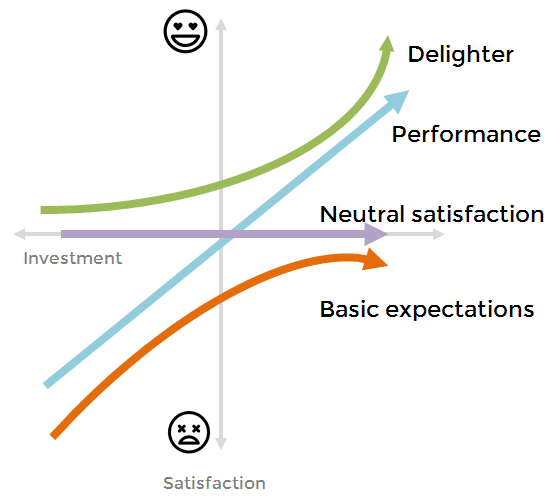
Read more about how to prioritise features based on Kano model categories.

 Give Feedback
Give Feedback